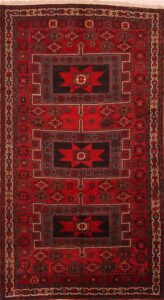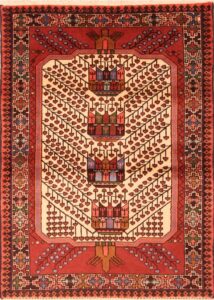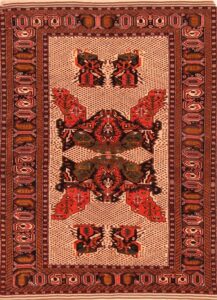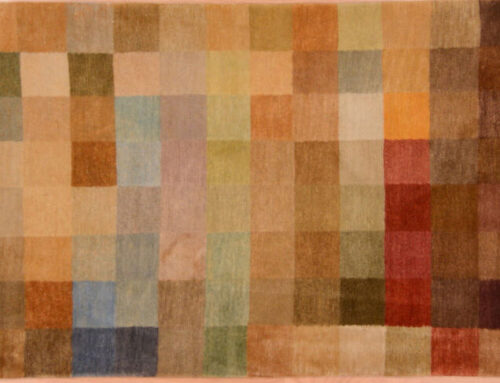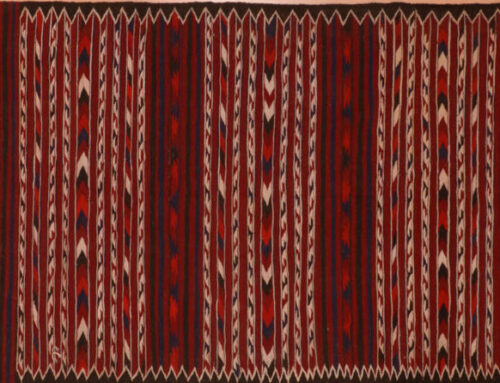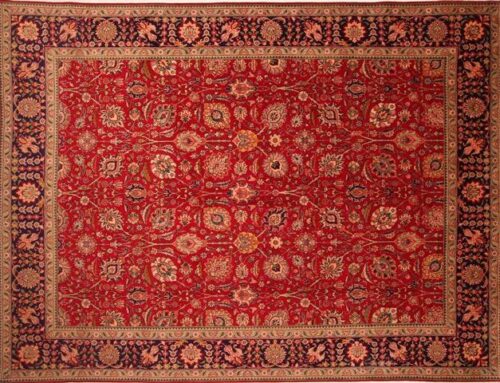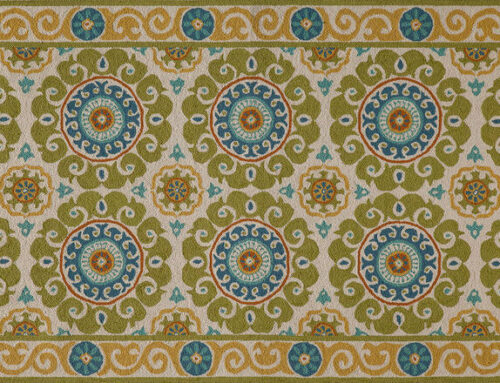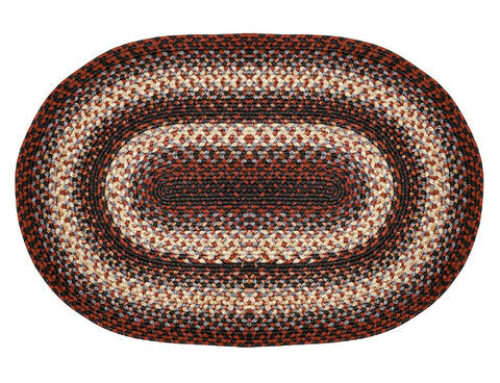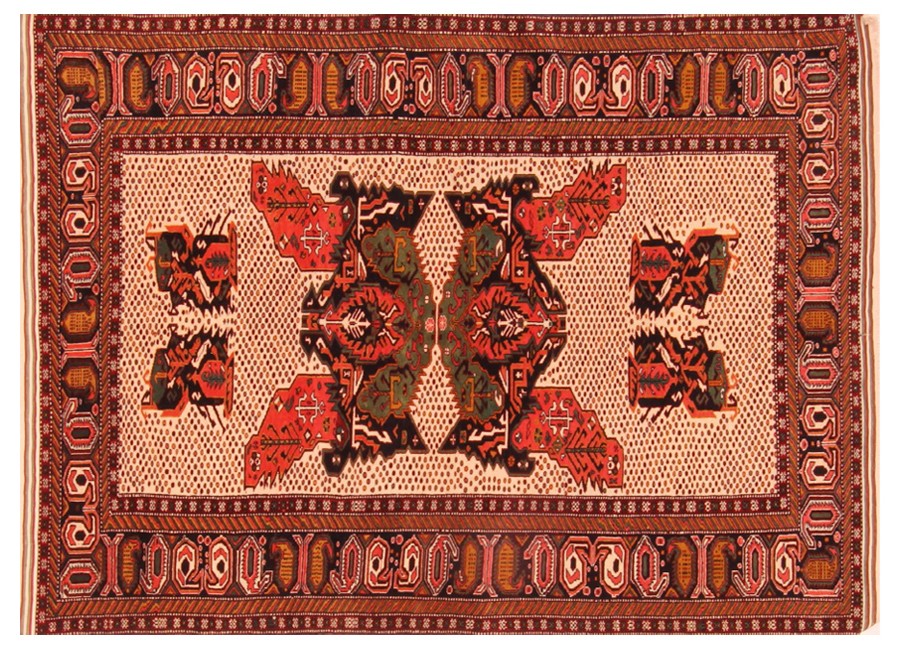
Origin of Kurdi Rugs 1
Kurd tribes live across thousands of square miles in the Middle East, concentrated in eastern Anatolia (Turkey), northeastern Iraq, Syria, and Kurdistan in northwestern Iran. The Kurd population is estimated to be twenty-five million people worldwide. Over the centuries many empires and tribes conquered the Kurd region, among them the Tatars, Turkmens, Seljuks, Armenians, and Circassians (Cherkes). The Kurds, however, were strong fighters and were able to force out foreign occupiers to maintain their culture and nationality.
History of Kurdi Rugs
The weaving background of the Kurdish people traces back 3,500 years. They first made looms in order to weave tents and clothing. Kurd rugs and carpets from at least the early eighteenth century are known in the market. The Kurd population has three different identifiable weaving groups: the seminomadic, the village, and the city weaver.
Kurd seminomadic weavings are made for personal use and for sale in the markets. Flatwoven mum rugs, tribal items, small bags, and rugs in sizes up to approximately eight feet by five feet are made.
Kurd village rugs, compared to the seminomadic Kurdish weavings, are durable and have a wider varity of colors. Well-known Kurd subtribe village weaving groups such as the Hakkari, Jaff, and Kolyai, among others, produce rugs that are often marketed under the subtribe in the antique trade. Formats range from small bag face rugs to carpets approximately ten feet by seven feet, along with runners and gallery sizes.
The third group is the Kurdish city weavers, who started producing rugs by the early eighteenth century. Some of these rugs and carpets were woven in the famous city of Bidjar, and are recognized in the antique market for their durability. A second city well known for weaving Kurdish rugs is Sanandaj, although the rugs are known in the antique market as Senneh.
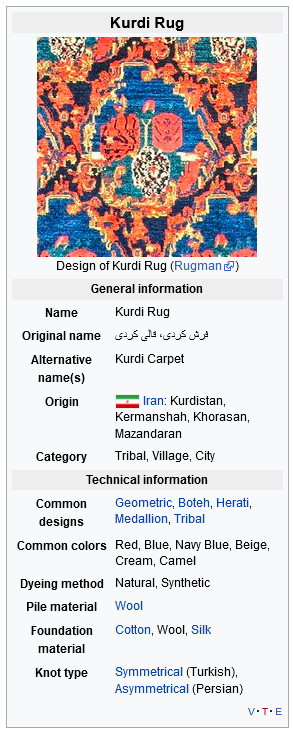
Kurdi Rug Infobox | © WikiRug
Kurd city weavers make a variety of sizes and weave qualities up to very fine in grade. In particular, Bidjars are woven in vast dimensions, including small mats, scatter rugs, runners, and room-size carpets up to thirty feet by twenty feet. Senneh silk foundation rug formats range from small pillows to gallery sizes of sixteen feet by eight feet.
Characteristics of Kurdi Rugs
-
Material and Knots
All solely employ the Turkish (symmetric) knot.
Kurdish seminomadic weavings are generally coarse in grade quality, with a wool foundation and a wool pile.
Kurdish village rugs have wool or cotton foundations and wool piles. The weavers also make kilims. The quality of village rugs is generally from medium to good in grade.
Bidjar rugs are made with cotton, wool, or silk foundations and a high-grade wool pile. Sanandaj rug were woven with a silk, wool, or cotton foundation and a high-quality wool pile. Kilims were made with a cotton, silk, or wool warp.
Senneh rugs are known for being beautiful and finely woven, with a high knot count. Some rugs and kilims have a seven-color silk thread warp. These were the only nineteenth-century rugs made with a silk foundation and a wool pile. Today this Senneh type is collected and respected worldwide.
-
Color
The most important colors are reds, browns, black, dark blue, or, at times, ivory. In addition, tones of green, gray, camel, and cinnamon are used for the design elements. Undyed natural white, brown, and black wool also appear in Kurdish seminomadic weavings.
Reds, blues, ivory, browns, or black are the most common field and border colors for village rugs. Supplementing these colors, hues of green, gray, cinnamon, and gold are used for the design elements.
The most popular colors for city carpets are reds, dark blue, and ivory for the field and border. Additional shades of green, brown, cinnamon, coral, camel, and gold are employed for the design elements, and occasionally, the background and borders. Brown, black, or dark blue is used for design outlines.
-
Design and Pattern
Kurdi seminomadic rugs have geometric and primitive designs in either medallion or allover styles. Nomadic designs, Star and stylized Hook motifs, and flower heads surround the major field patterns. Often, animals and birds are woven in the background and borders. Only in Anatolia (Turkey) did seminomadic weavers create Mihrab (prayer arch) designs.
The styles of Kurd village rugs are geometric and have allover or center medallion designs. Large palmettes, flower heads, ornaments, animals, birds, and flowers with vines and leaves are woven. Traditional MinaIdiani (rosette-linked trellis) and Herati (fish) patterns are also employed for field designs.The borders can be wider than those of seminomadic rugs, with one or multiple guard borders.
Generally, Kurdish urban carpet designs are floral or semigeometric with an allover or medallion style.
Collections
- Kurdi Rug | © Rugman
- Kurdi Rug | © Rugman
- Kurdi Rug | © Rugman

